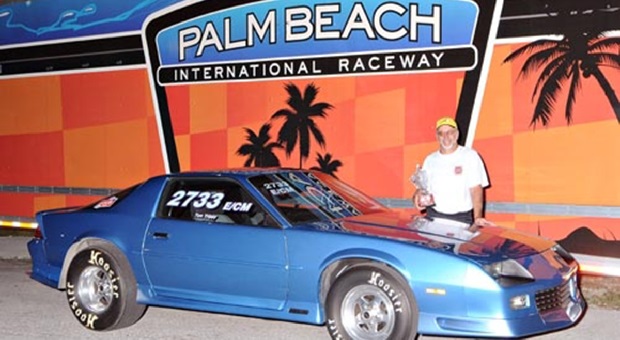

Image Credit: Palm Beach International Raceway
There’s been quite a lot of hoopla in automotive circles about the RPM Act. “Congress is with us and wants to protect our sport/hobby!” “The EPA is trying to kill amateur racing!” “The RPM Act is our last, best hope against the EPA’s attempt to kill racing at all levels!” “Hey, the EPA isn’t trying to kill racing or the performance automotive aftermarket. They’re just trying to make sure that rules and laws already on the books are properly enforced.”
So, what is it? IS the RPM Act the only thing standing in the way of the EPA killing at least amateur/local track racing, or is it just a bunch of hoo-haw? What was in the EPA press release that had SEMA up in arms, what does RPM Act actually say, and what do people in the trenches running performance shops and selling aftermarket performance equipment really think is the future of the sport at the local level?
What Started the Fracas in the First Place?
The Specialty Equipment Manufacturers Association (SEMA) sent out an email blast last year that had thousands of people up in arms. I read it and was alarmed and confused at the same time. However, just as I do whenever I hear something about a piece of proposed legislation, I started researching it. The email plainly stated that the EPA was trying to kill racing, at least on the local level.
Motor vehicles emit poisonous gases that are bad for the environment. That’s a well-known and recognized fact. It’s one reason we have fuel efficiency regulations and ethanol. It’s also why most states require semi-regular emissions testing when registering motor vehicles.
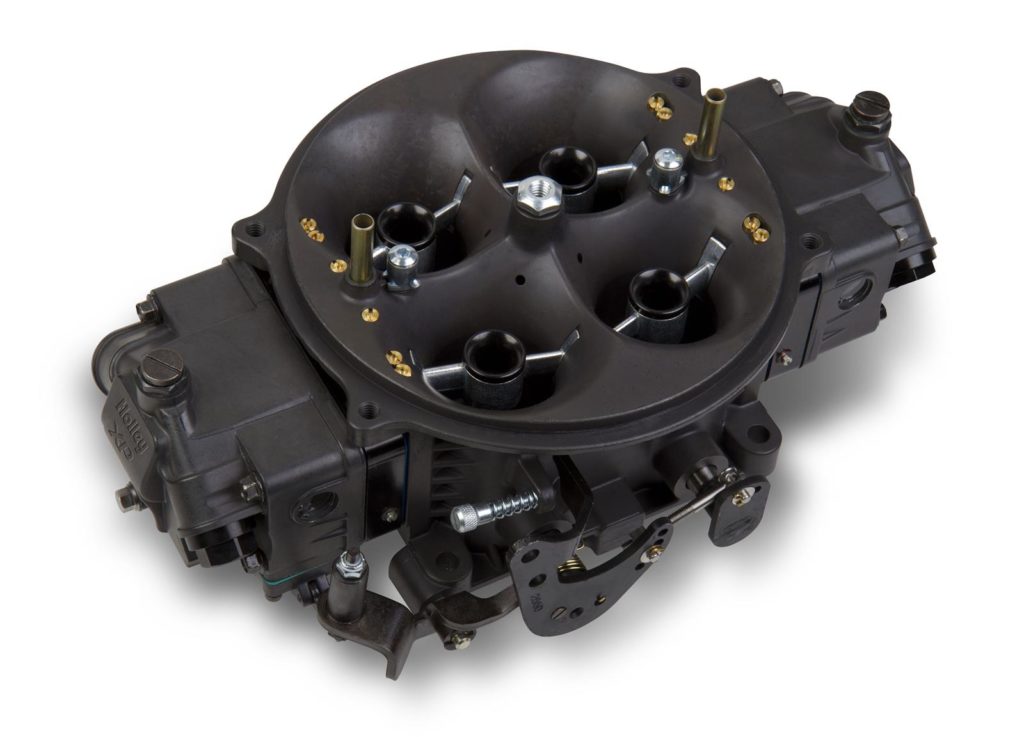
Image credit www.holley.com
In 2016, the EPA clarified a long-standing ruling on the conversion of street cars into pure race cars. To many in the industry, it indicated the death of local racing. This clarification was buried in a document called the “Final Rule for Greenhouse Gas Emissions and Fuel Efficiency Standards for Medium- and Heavy-Duty Engines and Vehicles-Phase 2.” While trucks, buses and semis are mentioned a number of times in the summary, race cars are not. So one could be forgiven for wondering why SEMA was (and still is) so panicked by this clarification of an old rule.
Buried deep in the 629 pages of the Final Rule, the EPA affirms its authority over on-road motor vehicles that are emissions-controlled and originally sold for street use and states that “off-highway vehicles/engines” would remain exempt from the provisions of the Clean Air Act (CAA).
But What’s All the Fuss About?
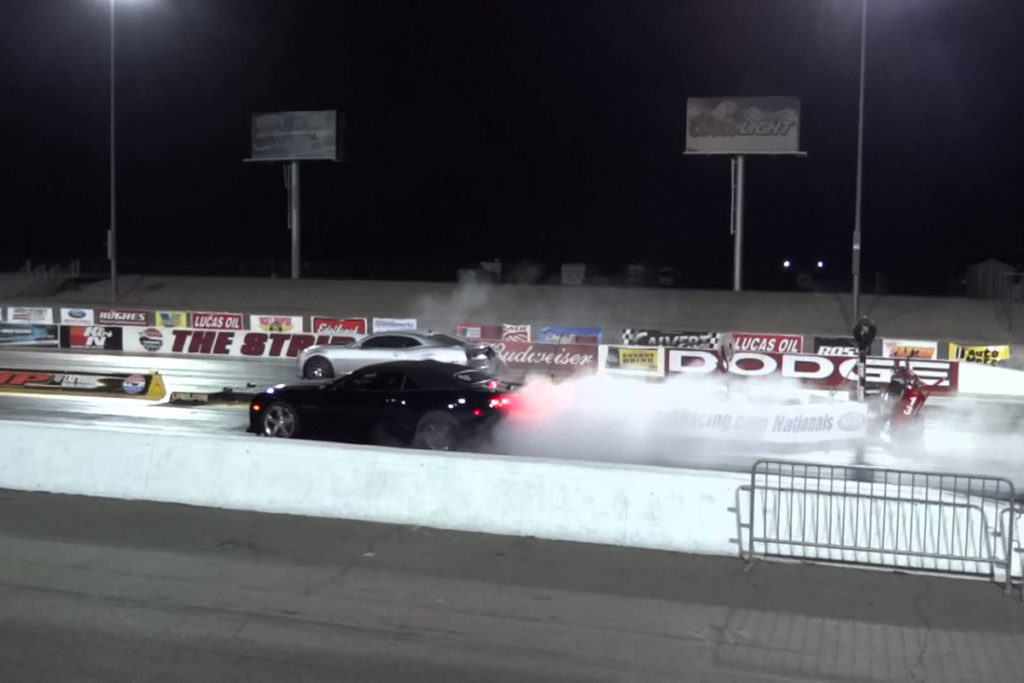
From what I’ve been able to glean talking with officers at SEMA, manufacturers, and retailers, the bruhaha is over the fact that the EPA said it was illegal to tamper with a vehicle’s emissions control systems for racing, even if the vehicle would never be used on the road, but that “non-road vehicles” – snowmobiles, dirt bikes, etc – can be altered in any way that the owner desires, even if that would normally be illegal, as long as that vehicle is only used for racing. (Emphasis mine). It seems to be a case of “if they can do it, why can’t we?” However, there’s more, and that “more” is exactly why SEMA got into the act and encouraged the RPM Act: to protect local racing.
So, SEMA sent its lobbyists out in force and got members of Congress onboard with their proposed legislation, the Recognizing the Protection of Motorsports Act, the RPM Act. Don’t be misled, though. The RPM Act isn’t aimed at the local level, to protect you and me and allow us to build race cars. It’s designed to protect the multi-billion dollar industry that provides the go-fast parts we need to build those race cars. Congress would be legislating that it is legal for them to sell us their products, the side-effect of which is that we get to continue buying those products for use on our race cars.
My Take on Why SEMA Is So Up in Arms Over the Clarification
Soon after the storm kicked off, the EPA released the following statement: “This clarification does not affect the EPA’s enforcement authority. It is still illegal to tamper with or defeat emission control systems of motor vehicles. In the course of selecting cases for enforcement, the EPA has and will continue to consider whether the tampered vehicle is used exclusively for competition.
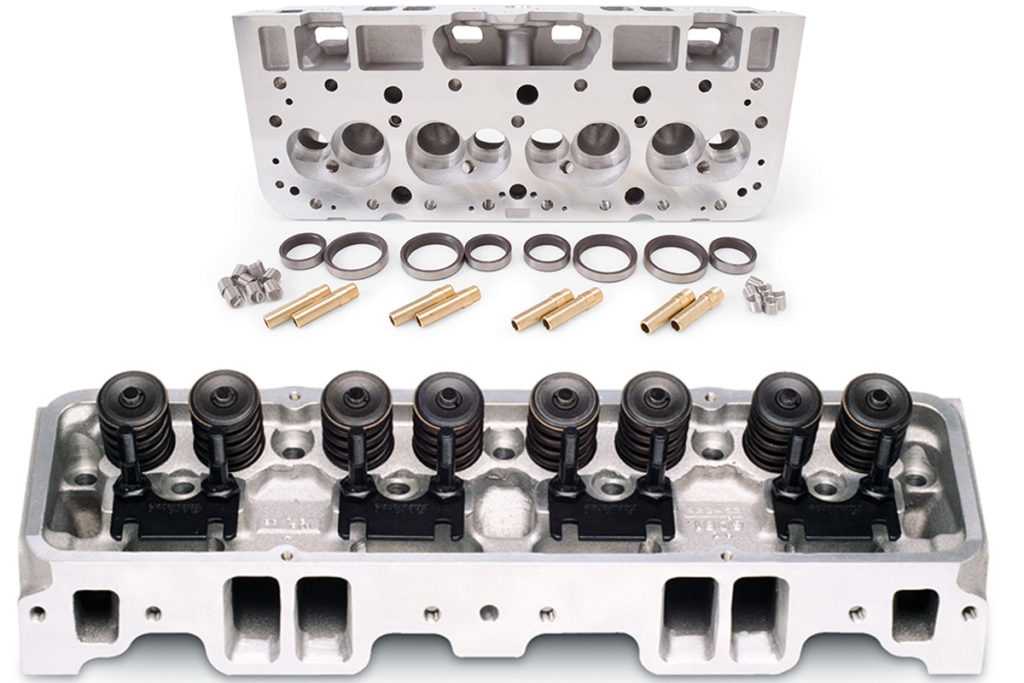
Images Credit: www.edelbrock.com
“The EPA remains primarily concerned with cases where the tampered vehicle is used on public roads, and more specifically with aftermarket manufacturers who sell devices that defeat emission control systems of vehicles used on public roads.” (Emphasis mine.)
The first portion of that statement calls into question the need for the RPM Act for people to continue to be able to race and modify vehicles that will only be used on tracks, suggesting that we can continue to build our race cars and override or remove the emission control devices that rob power if the vehicle is never used on the street. We can also continue to install aftermarket performance products to make our strip burners more competitive.
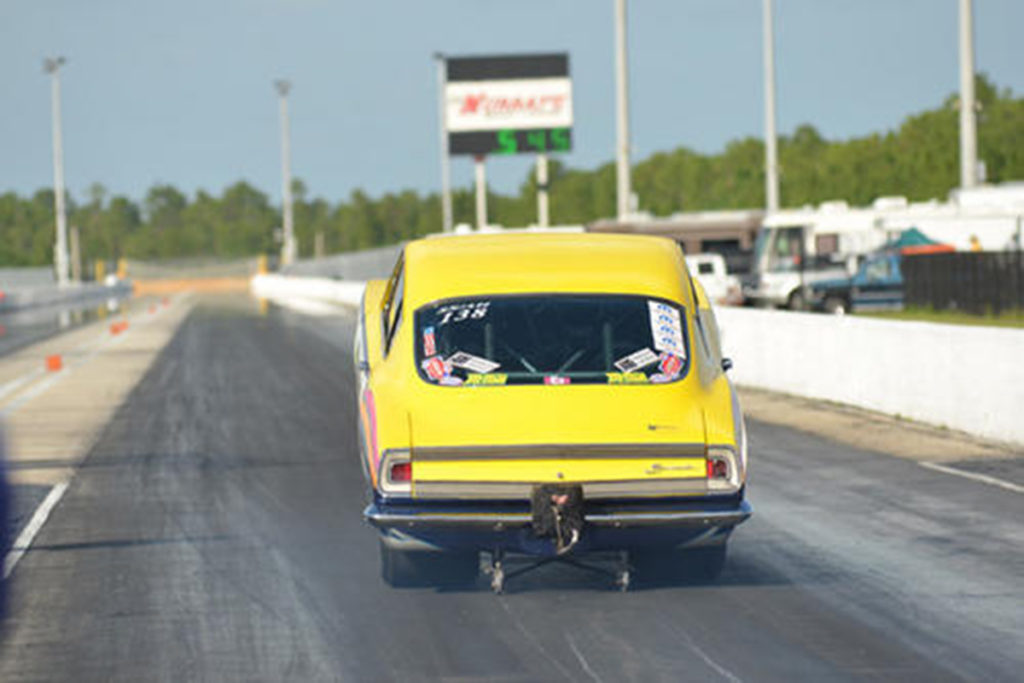
The second part of that statement is why SEMA is so worried for its member companies. Loosely put, they’re afraid of the EPA slapping huge fines on manufacturers/suppliers for selling parts that people can (and most likely will) install on emissions-controlled vehicles that will not only be used on race tracks, but will be driven to and from the tracks. The problem with that worry is that EPA won’t be the final arbiter on whether the fine sticks or not; the courts will.
As long as “Company A” has the disclaimer that their product is not legal for use on emissions-controlled motor vehicles, it seems unlikely that a court will uphold or even issue a fine to a company because a customer illegally installed one of their products on a vehicle registered for street use.
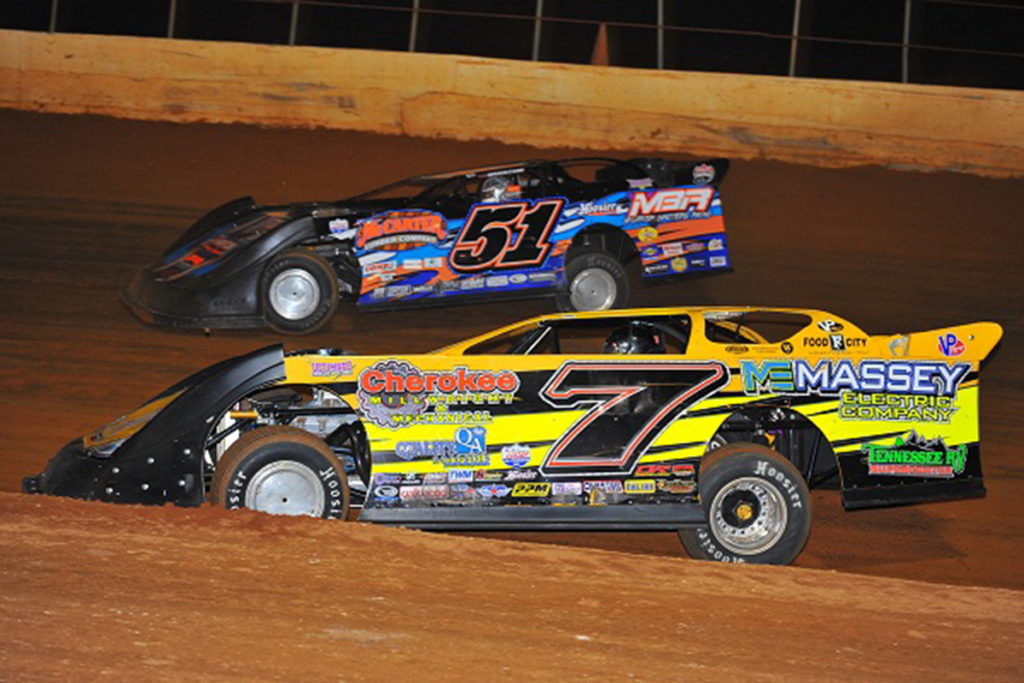
Possibly one of SEMA’s main objections was that the EPA didn’t come out directly and say “Hey guys! We’re doing this!” They seemingly buried the verbiage in the middle of a fairly huge document that was supposed to be about something completely different.
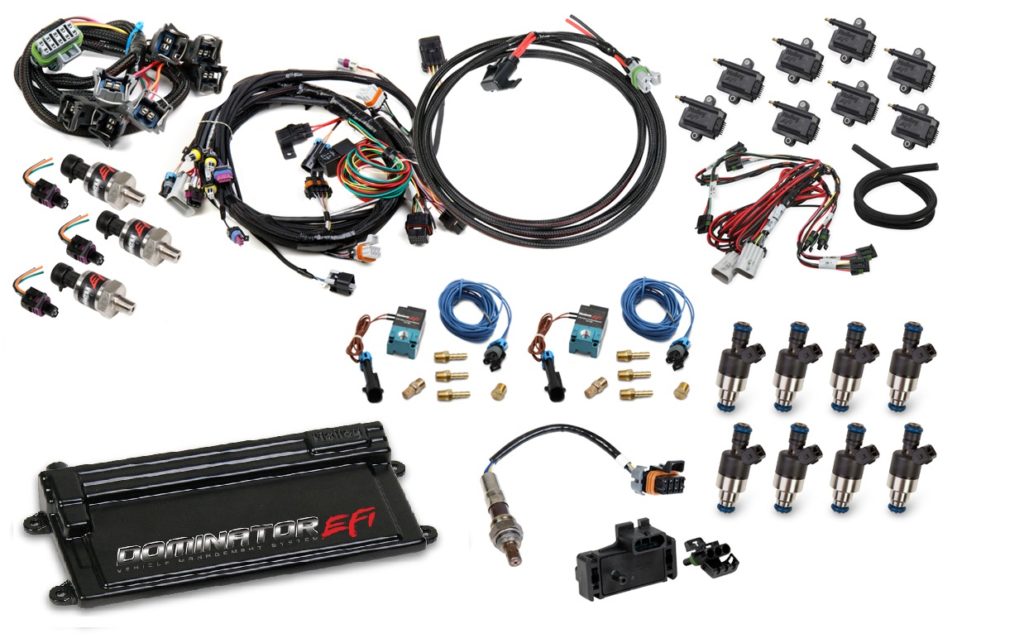
Image Credit: www.holley.com
When it comes to the law and the CAA, intent is paramount. Did Company A sell that high performance intake manifold that has no emissions control fittings on it with the intent that Bob the Owner install it on his Ford Taurus, or did they sell it with the intent that Bob put it on his Mustang that’s not registered for street use? Because Company A included the disclaimer mentioned above on the sales brochure, the box and the installation sheet, it can be proven that they sold it with the intent that Bob the Owner install it solely on his race car, the strip burning Mustang.
Many in the industry simply assumed that the CAA and this section of it didn’t apply to race cars. However, it always did; it’s just that the EPA really isn’t worried about the guy who’s going to put maybe a few miles on his car/engine over a race weekend. They’re worried about the guy who’s removing or tampering with his vehicle’s emissions control devices to get a little more power out of the engine, or because the emissions control device isn’t working properly and causing his engine to run horribly.
What Are Shops and Retailers Saying?
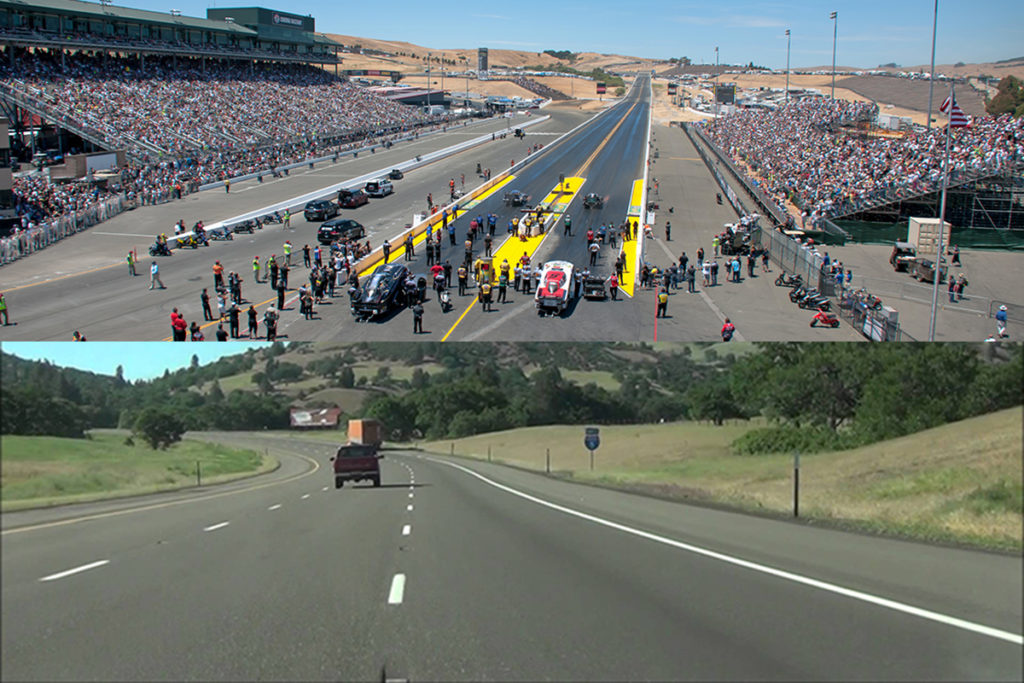
I spoke with Stefano Bimbi from Nickey Performance over the weekend about the RPM Act. Stefano told me he has no worries that backyard race conversions will ever be illegal. He also said that everything they build is CARB-certified and 100% street legal. None of the performance retailers with whom I spoke had any worries that their helping customers convert street cars into race cars or selling performance products will become illegal in the foreseeable future.
I also spoke with my friend Luke Merrill about the RPM Act and whether or not we really need it. You may remember Luke from my article about his first resto project ever – the C-10 pickup he restored for less than $600. Luke was quite adamant in his thinking that the RPM Act was a dire necessity in order to save his business – Tinman II Kustoms – and others like it. “Yes, I do think it will severely impact the aftermarket world…” if the RPM Act isn’t passed.
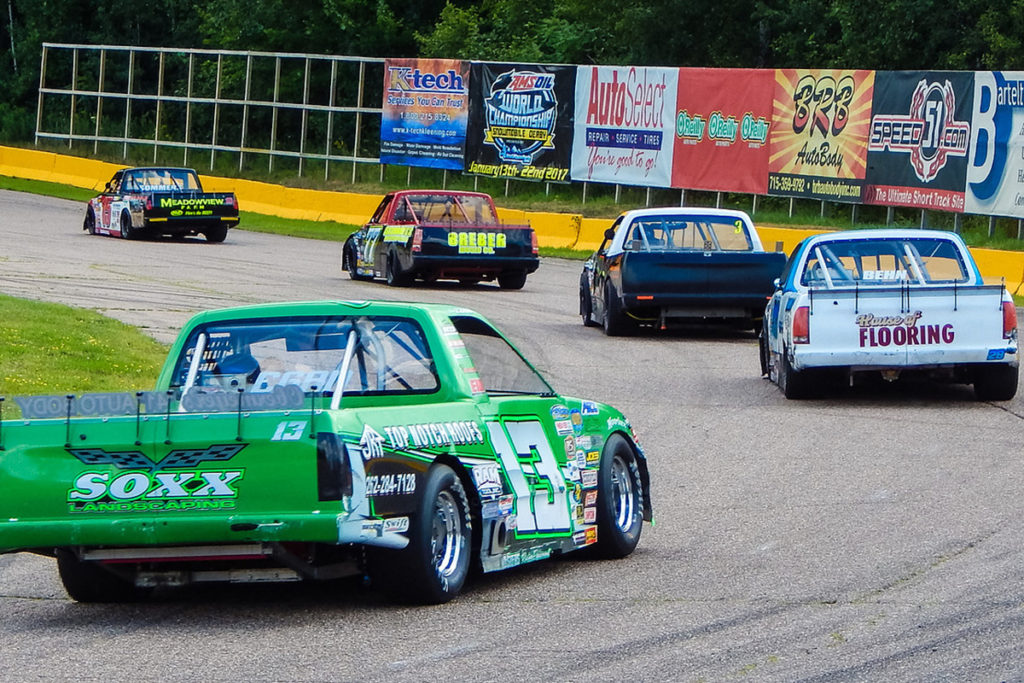
Image Credit: MidWest Truck Series
When pushed on why he thinks this is the case, he responded, “Look at California. They are already much more strict on emissions and aftermarket stuff. The liberals are spreading to the rest of the U.S.” When I told him that I’ve never had a problem building a race car or a street car in California, Merrill told me, “Right, right. It’s fine the way it is. But, I’m afraid it’s going to become more and more difficult if there isn’t some sort of long term protection plan.” Luke also mentioned that he thinks that any sort of regulation is just a loss of rights.
The long and the short of it is, racing isn’t in danger of being outlawed, not by the EPA and certainly not by Congress. Ever since the laws requiring emissions controls were passed, it’s always been illegal to tamper with those controls. However, there’s never been an issue if the reason for the tampering was to convert the vehicle to full-time racing use. That’s not likely to change any time in the future.


We (the street performance, drag and circle track guys) are simply collateral damage.
This law “clarification” could have been called the “anti rolling coal legislation” after the mess some d-bags make with their trucks.
When you see someone do that, know they are endangering your hobby.
Yeah I know the DEF/cat and so on is troublesome and complex (at this point, I like where it is heading). I am not 100% sure what I’d do if I had a truck with it., but you can tune more carefully. And pick ties/places/ driving styles that do not offend.
Seriously guys, we are our own worst enemies. Or members of the broader “hobby” are.
Whenever I see some law or restriction from any of the necessary government departments that have the authority to enforce a law that is in the interests of everyone, and someone tries to blame that new regulation on “the liberals” I cringe.
There are plenty of bad laws that are passed by conservatives in America that are much worse about personal things like abortion or too lax on the subject of gun laws that will benefit all Americans.
By singling out liberals, who by all rights are responsible for nearly everything that is good about the necessary evil called government, these people show their ignorance and lack of understanding. It’s not government that’s inherently bad, it’s the people we elect to our government and in today’s atmosphere (yes global warming is real and no, no pun was intended) we had better keep a vigilant eye on what these corporate sponsored senators and congress people do and share the blame appropriately.